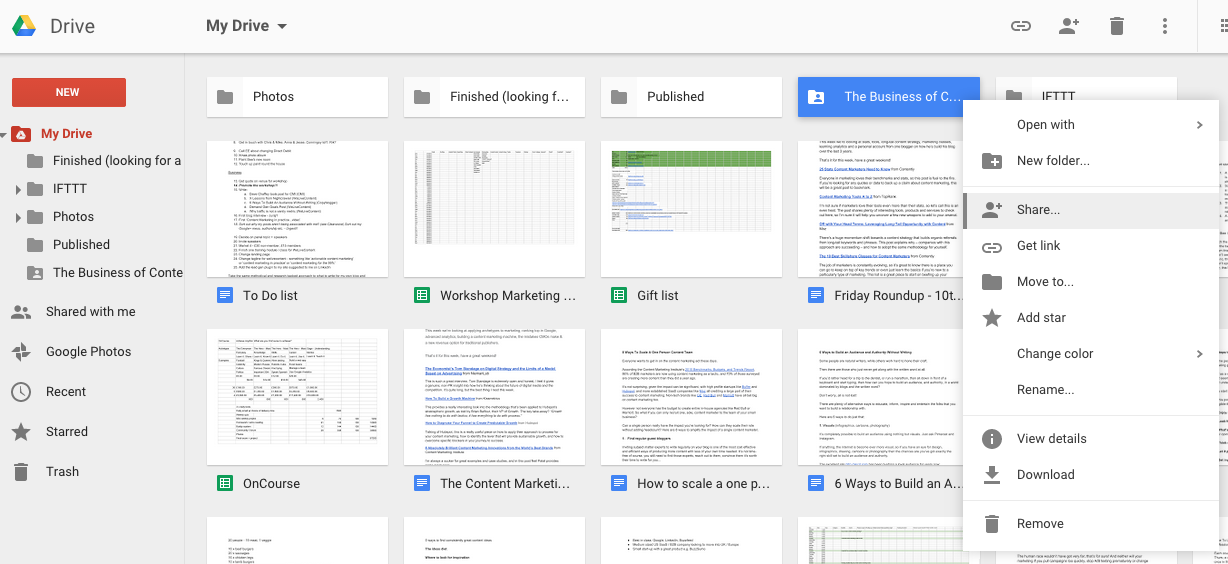
However, most programming languages have various libraries and integrations for the HTTP protocol, and there are even applications that let you easily test and visualize the responses of API requests (I used Insomnia). There are multiple ways users interact with the ThousandEyes API, the simplest being a cURL command. API permissions can be modified in the roles section of an organization’s settings.įigure 1: API token located on the Account Settings page. Token information is accessible through the account settings page. To access the API, a user must provide their credentials (account username (email) and a token) as part of all HTTP requests. The API includes multiple endpoints (URLs), each of which performs a different task when it receives an HTTP request. Like most web APIs, it uses the standardized HTTP protocol and XML/JSON response formats. The ThousandEyes API is a powerful integration framework that our customers heavily rely on to automate processes and management of their ThousandEyes deployment.
#GOOGLE RESOURCE ON SITEMAP AUTOMATOR HOW TO#
In today’s blog post I will summarize how to leverage the ThousandEyes API for automating test creation and improving operational efficiency. But thanks to the ThousandEyes API, I was able to automate this in no time. Manually creating these many tests would have been a time consuming and cumbersome task. This meant creating a total of 1485 tests (from 55 vantage points to 27 regions across AWS, Google Cloud and Microsoft Azure) between cloud agent pairs. Taking advantage of features from our recent multi-cloud launch, I was able to leverage Cloud Agents hosted in multiple regions within each of these public cloud providers to monitor inter-region performance, global connectivity and multi-cloud performance.

#GOOGLE RESOURCE ON SITEMAP AUTOMATOR FULL#
This was a cool project for me because as a college student I had access to the full capabilities of a platform that Fortune 500 companies utilize to monitor their networks.

As a part of our continued support for IaaS performance monitoring, and as part of my summer internship here at ThousandEyes, I was assigned a research project to compare the performance of three large IaaS providers: AWS, Google Cloud and Microsoft Azure. Over the past couple of years we have seen our customers increasingly use ThousandEyes to monitor their applications and services hosted in IaaS providers.


 0 kommentar(er)
0 kommentar(er)
